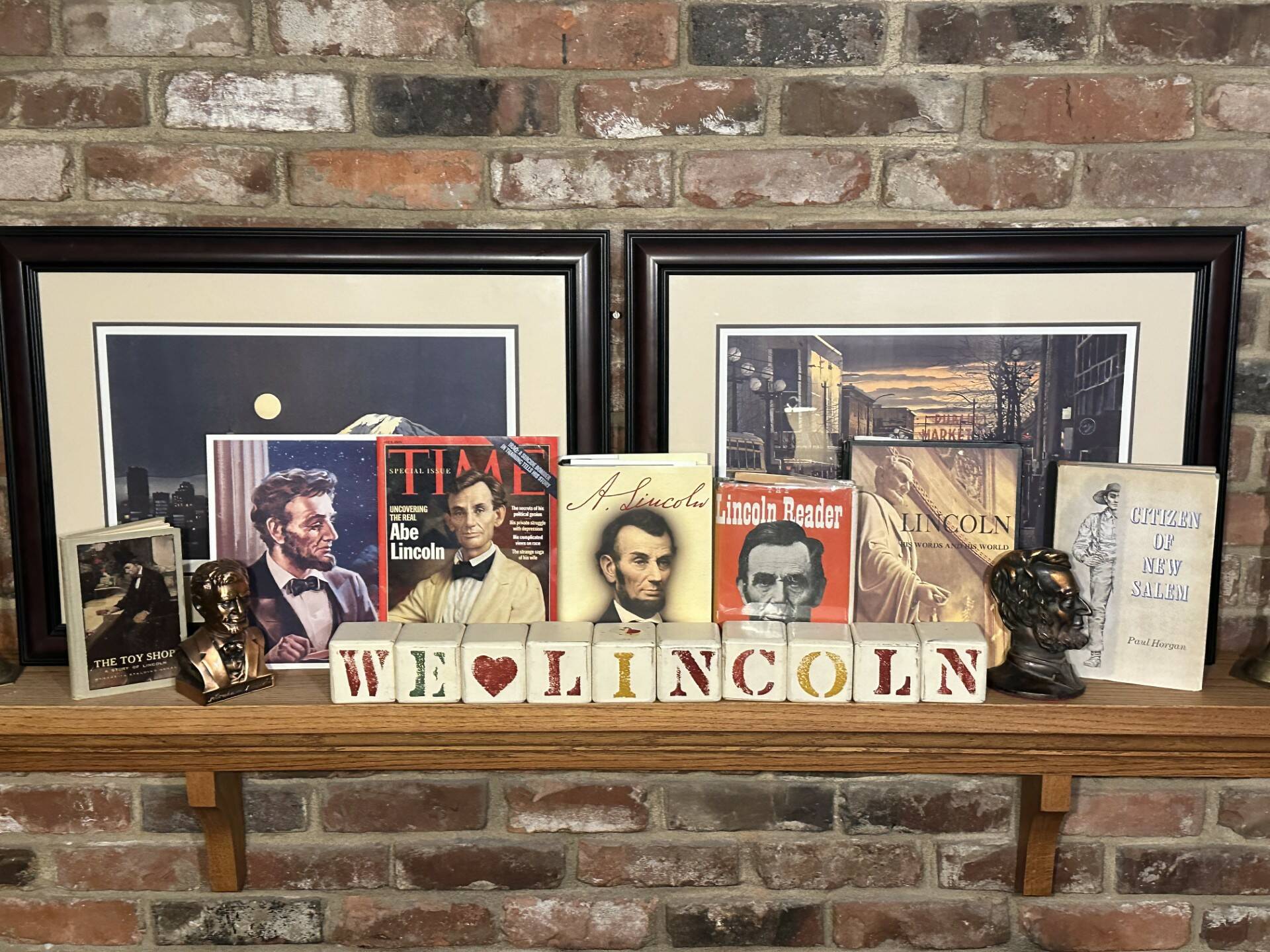This is the week we recall the birth of Abraham Lincoln. Although we don’t single out his birthday as a nation any longer, since elementary school February 12 has had special meaning to me. And this year I’m contemplating a little-known image that graces my growing collection of Lincoln artifacts.
As a Covenant pastor for the past 45 years, I have enjoyed creatively introducing newcomers to our relatively small denomination. In my inquirers’ classes, I would take pride in sharing that one of the most well-known Christian hymns (How Great Thou Art) was written by a Covenant pastor in Sweden. I would also describe well-known personalities who have Covenant church connections. Those “Covenant celebrities” include Dr. G. Timothy Johnson (the longtime medical editor for ABC News), Mike Holmgren (the beloved former coach of the Green Bay Packers and Seattle Seahawks) and Tom Hanks (who attended First Covenant Church in Oakland, California during high school), I would also introduce those checking out our church to a famous image of Jesus painted by a lifelong Covenanter.
The late-Warner Sallman (1892-1968) is best known for his “Head of Christ.” What began as a charcoal drawing for the cover of Covenant Companion periodical in 1924 gave way to a full-color oil painting in 1940. Over 500 million prints of Sallman’s Head of Christ have been sold to date. And the recognizable face is thought to be the most reproduced image in history.
Sallman, who was a lifelong member of the Evangelical Covenant Church, took classes at the Chicago Art Institute at night while serving as a protégé to renown newspaper illustrator Walter Marshall Cluett.
Although Sallman claimed that the facial features of Jesus that defined his famous work came to him in a vision, his painting has been called into question in recent years. Critics have claimed the artist’s image is too-Scandinavian and lacks global appeal. All the same, the work of this twentieth century illustrator remains iconic. When one thinks of what the carpenter-turned-rabbi from Nazareth might have looked like, it is likely Sallman’s Head of Christ comes to mind.
Curiously, Sallman’s brother-in-law, Haddon Sundblom, also had the distinction of creating a timeless image that succeeded in defining the physical characteristics of a cultural icon. Sundblom, also a Midwest illustrator with Swedish and Finnish roots, created the Coca-Cola Santa Claus that is what most people think of when they imagine the North Pole’s most famous resident.
But Sallman did not exclusively have Biblical themes for his easel. As a proud American, Sallman wanted to express his patriotism as well as his faith. In 1953 the artist painted Abraham Lincoln holding an open Bible while the Civil War rages in the background. The painting was Sallman’s homage to our nation’s sixteenth President’s acknowledgement of Divine Providence. Lincoln was the only president Sallman is known to have painted. Because he lived his entire life in Illinois “The Land of Lincoln,” a case could be made that he was inspired by his knowledge of the prairie lawyer who became President.
As someone who raised three daughters in Illinois, my childhood appreciation of Lincoln only grew by increased exposure to the one I consider our greatest president. I’ve repeatedly visited Lincoln’s home and his law offices in Springfield, Illinois. Although some debate whether or not he claimed a personal relationship with Christ, Lincoln’s faith in God is without question. His dependence on the Almighty is seen in his Thanksgiving Declaration. Such dependence was undoubtedly a source of hope in Lincoln’s periodic battle with depression.
While some may take exception with Sallman’s inclusion of an open Bible in Lincoln’s hands, given current trends toward Christian Nationalism, I do not. For me, Lincoln clutching his Bible is an indication of the ongoing need to ground our national identity on our Judeo-Christian heritage. Like Bishop Mariann Budde shared in her homily at the recent Inauguration prayer service at the National Cathedral, our nation is best served by building on the foundation of Biblical truth. And that call to justice, integrity, honesty and compassion is needed now more than ever.
Guest columnist Greg Asimakoupoulos is a former chaplain at Covenant Living at the Shores in Mercer Island.




